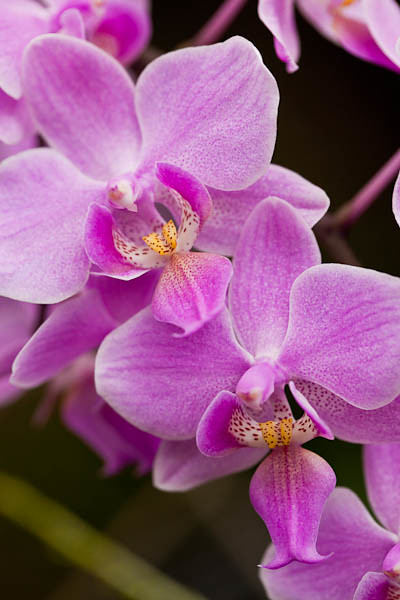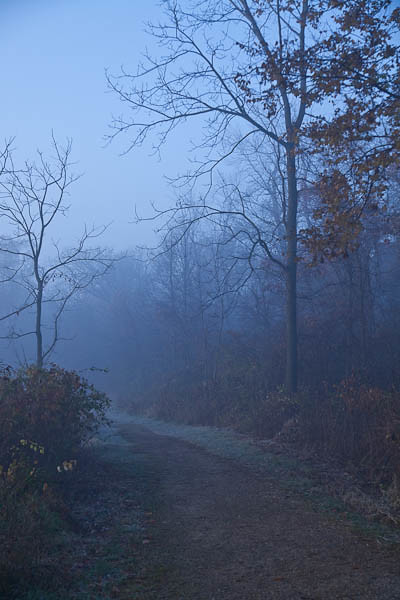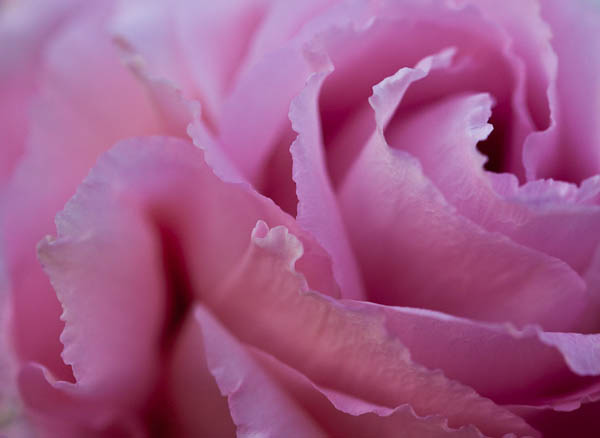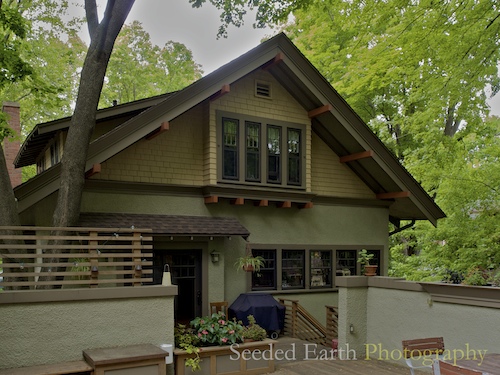The orchids are in full bloom in the Bolz Conservatory at Olbrich Botanical Gardens in Madison. I went into this tropical paradise to escape the snow and cold, and ended up with some wonderful botanical subjects and I found a peaceful setting that calmed my racing heart, and my racing around as I get ready for my (half) a cross country trip.
One of the nicest things about living in Wisconsin. No matter what direction you go to explore the United States, a destination in the 48 contiguous states is never more than a half country away. No cross country trips for me!












